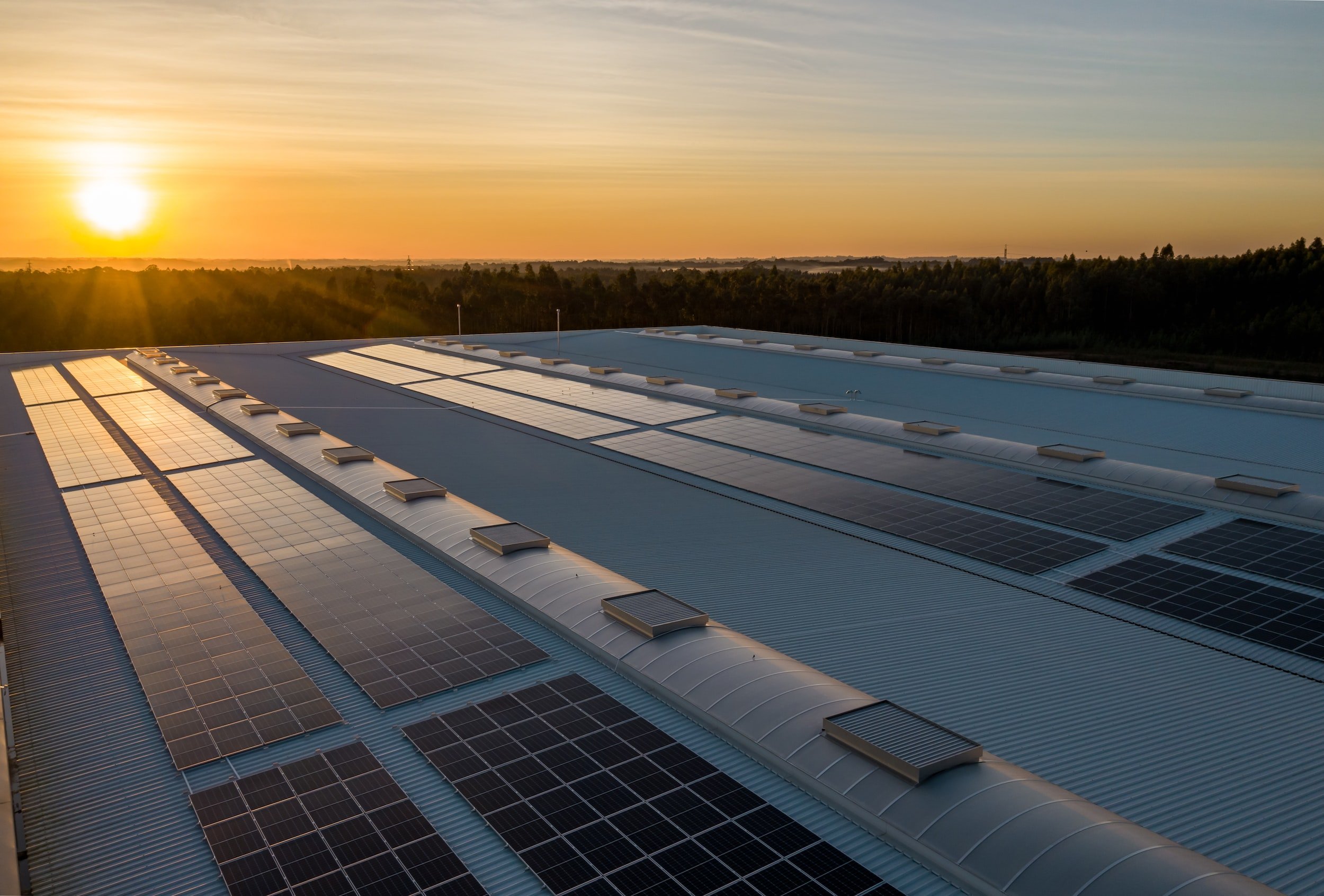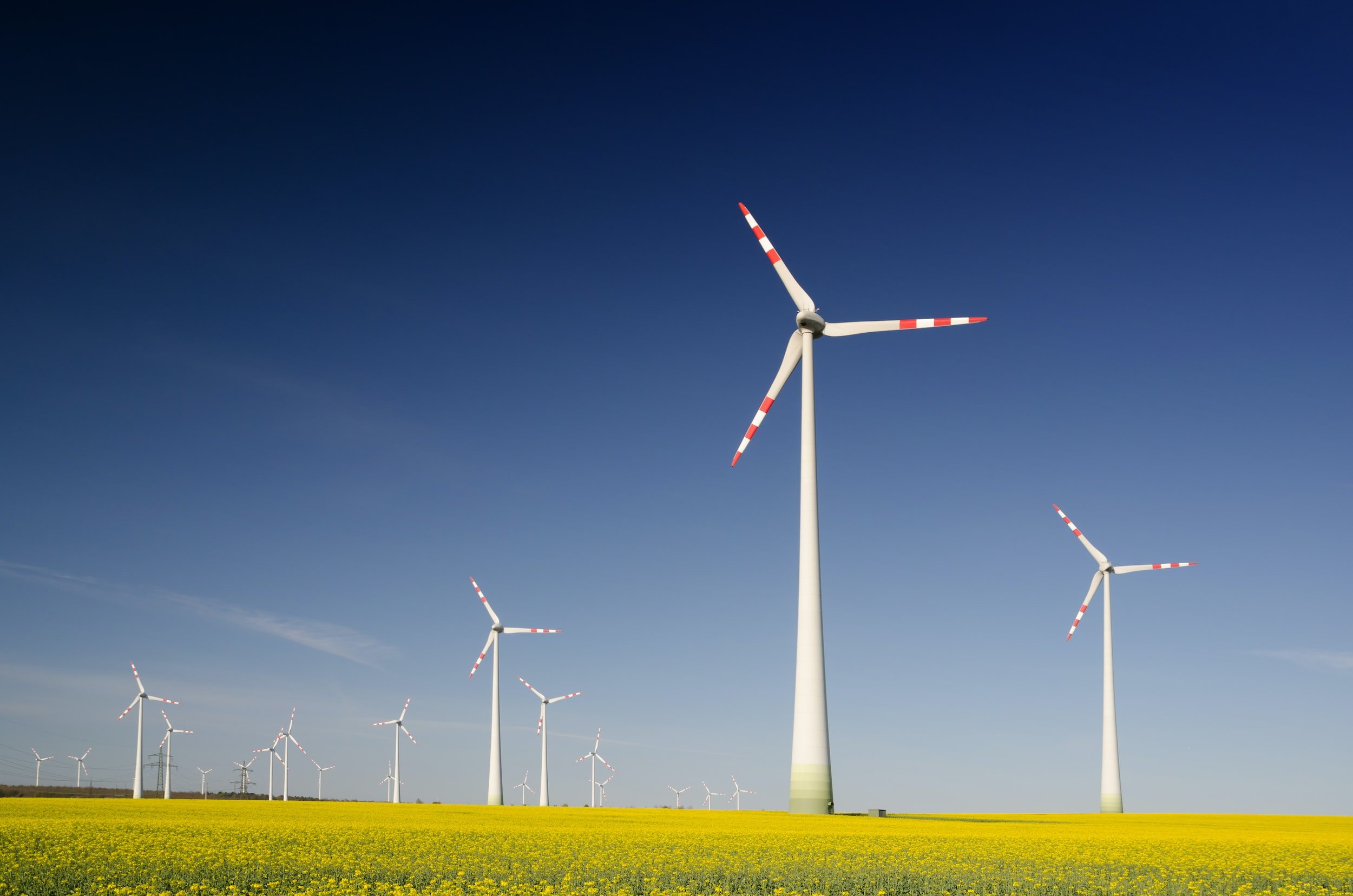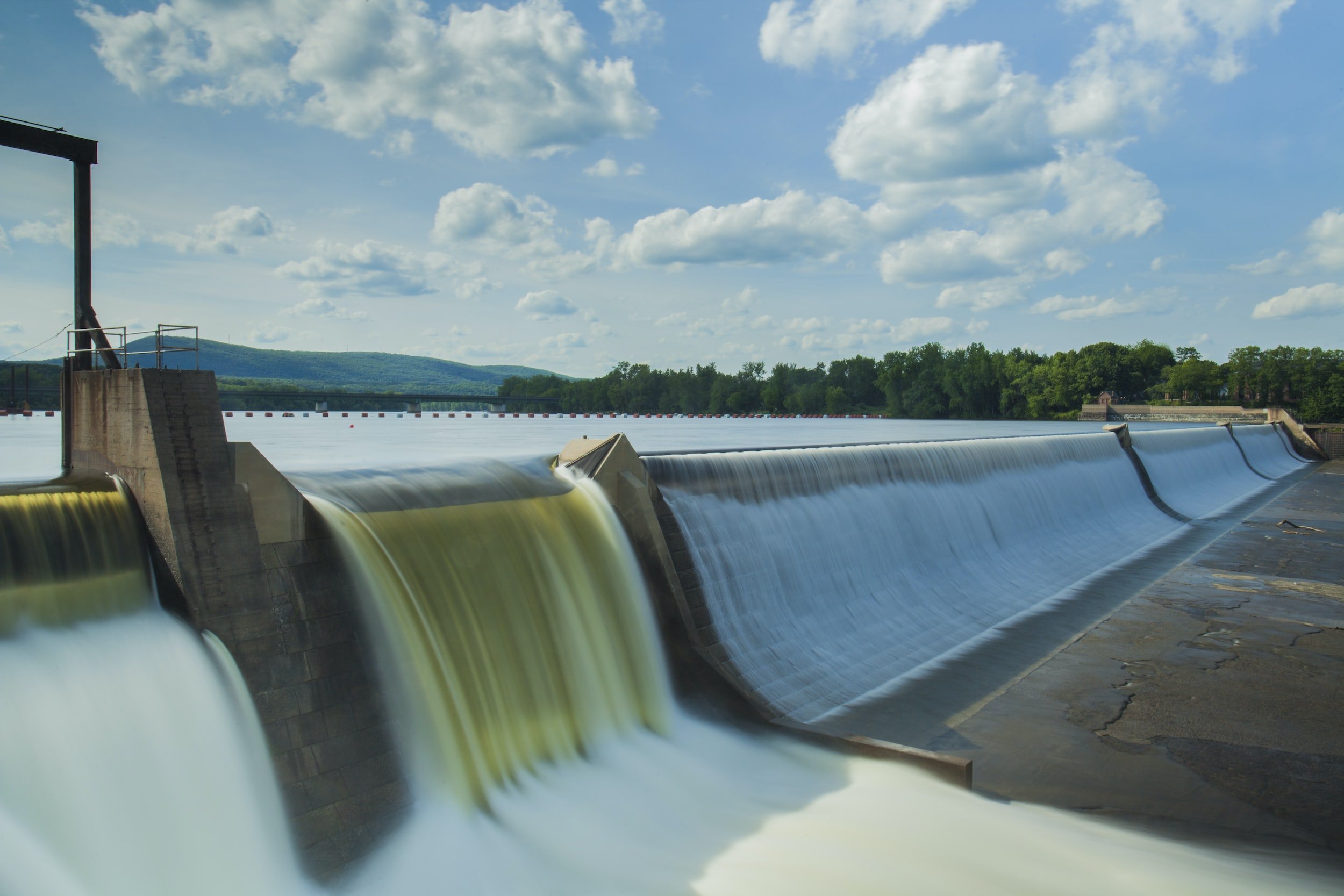Renewable vs. Sustainable Energy: What’s the difference?
by JOHN ALTOMONTE, CEO
Whenever I mention sustainable energy, whether in business discussions, class lectures, or anywhere else, it is quite often confused as synonymous with renewable energy. There is a very clear distinction between the two, however, and I aim to briefly clear that up in this article. Let's begin with renewable energy.
Renewables are simply that– they renew over time. Time is the determining factor here, however, as everything renews eventually. We must always place things within the context of human society, and so we can safely dismiss fossil fuels as unrenewable as they only replenish on geological time scales that span several millennia. From the standpoint of today's society, they are not renewable.






Each renewable energy type can be directly attributed to one of three sources: solar radiation, gravity, and the heat generated by radioactive decay. Solar, wind, hydro, biomass– all these are derived from solar radiation. Tidal powers arbitrage the sway of tidal flows caused by the moon's gravity. Geothermal energy results from radioactive decay and the heat flow of the earth's core. These are renewed either constantly (when will the sun run out? when will the moon escape the earth's orbit?) or on a timescale that can be considered within the boundaries of modern society, such as biomass or geothermal regenerating over a number of years.
And that's simply it. That is renewable energy. Let's take that a step further into sustainable energy.
We can view sustainable energy through the same lens within which we view sustainable development. The landmark Brundtland Report of 1987 defined sustainable development as “development that meets the needs of the present without compromising the ability of future generations to meet their own needs.”
Similarly, sustainable energy has to meet the energy demands of the present, considerable enough in their own rights, without the adverse effects that the fossil energy industry has placed on future generations through climate change and various pollution pathways.
Sustainable energy can be generally delineated into two ‘pillars’: renewable energy and energy efficiency. The former tackles the production or supply of energy, while the latter concerns the end-use or demand of energy. Both resources need to be developed and utilized aggressively and quickly if we aim to reach the thresholds set by the Paris Climate Agreement.
It is often wrongly assumed that sustainable energy is that which has no adverse effect on the environment or society. On the contrary, no such form of energy exists. Renewable energy, in all its forms existing today, still impact land use and biodiversity disruption and require resource extraction, whose byproducts and eventual ends-of-life re-enter the biosphere as waste products and material pollutants.
However, suffice it to say that sustainable energy can be treated as truly ‘sustainable’ if its net effect on the biosphere does not significantly degrade its capabilities for supporting existing species in their current abundance and diversity (Tester et al., 2012). Nevertheless, current sustainable energy offers a strong alternative for the status quo, which is now known to be destructive and entirely unsustainable.
Are all forms of renewable energy sustainable? No.
And this is where we need to tread carefully. Biomass is a form of renewable energy but has caused massive deforestation globally. A renewable energy grid that relies on energy storage, but with no plan for battery end-of-life or waste management will continue to pollute and denude natural resources. A solar farm that takes precedence over indigenous land will displace societies and cultures.
An energy transition into a truly sustainable future must always take the concept of sustainability to heart. We employ the principles of deployment we used in the past to develop through fossil fuels at our own peril.
REFERENCES
Tester, J., Drake, E.M., Driscoll, M.J., Golay, M.W., and Peters, W.A. (2012). Sustainable Energy: Choosing Among Options, Second Edition. The MIT Press.

